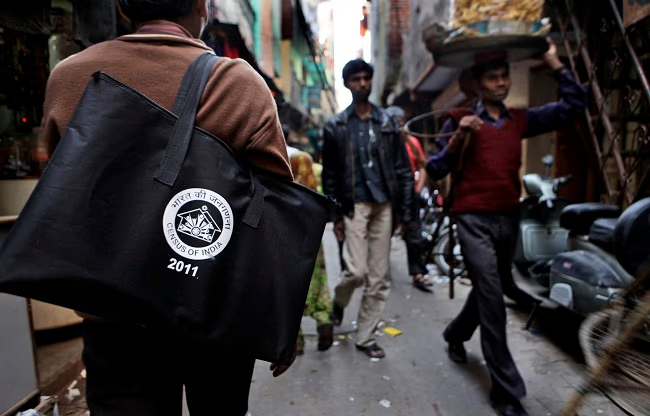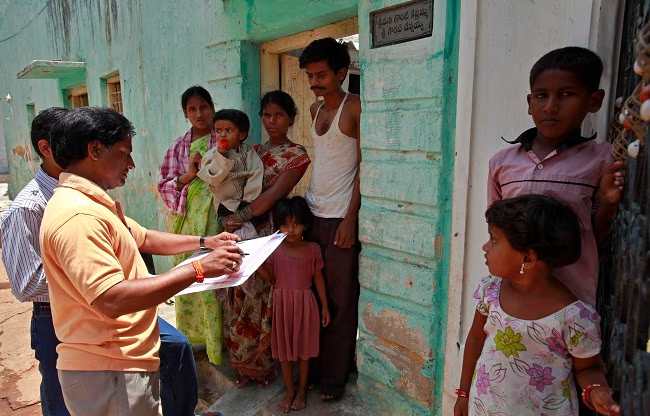In 1931, a caste census took place, but it was discontinued afterward. Now, almost a century later, a caste census announcement has stirred considerable discussion and speculation about the reasons. What about those who don't identify with any caste? How might their presence influence the census?
The 1931 census occurred under British rule. At that time, Census Commissioner General John Henry Hutton believed that understanding castes was vital. They aimed to solidify British rule without intending any benefit to the underprivileged. This census included details on scheduled castes, tribes, backward and forward castes, and their professions. By the outbreak of the Second World War, the next census process remained incomplete.
When it was time for the first process in independent India, the question arose: should a caste census be conducted? The then-government decided against it to avoid social and political conflict. They desired that people see themselves first as Indian citizens rather than through a caste lens. However, when OBC discussions arose, the 1931 census stood as the last official data, still in use today.

Source: aajtak
In the 2011 Socio-Economic and Caste Census, when the government sought caste-related information, many people refused to disclose or stated disbelief in the caste system. A column could potentially emerge for those who consider themselves outside caste boundaries, thus ensuring their inclusion.
During the last census, when 4.6 million families left their caste undisclosed, the data was marked as 'unusable' as there was no such column. The government later acknowledged the inappropriateness of labeling such a significant segment that way. This led to discussions about formally recognizing those who disassociate from caste.
There might be an option for 'No Caste Affiliation' in upcoming censuses, although it's not official yet.

Source: aajtak
Currently, it's unclear who exactly this group avoiding caste labels consists of or if they are a mix, but there is a noted increase in people not adhering to religion. The last census had an 'Others' column for religion, which included 'No Religion.' Around 2.9 million people declared non-religious status, though only a few thousand identified explicitly as atheists. A 2012 Gallup survey noted 81% identified as religious, 13% non-religious, and 3% as atheists in the country.
If millions claim 'No Caste' or leave the caste column blank, government data seem incomplete, complicating reservation category assignments. This situation persisted in the 2011 SECC when ambiguity led the government to label data as 'unusable.' If such a population grows, it might affect reservation policies significantly. Many countries, mostly developed, have a 'No Caste' category.




